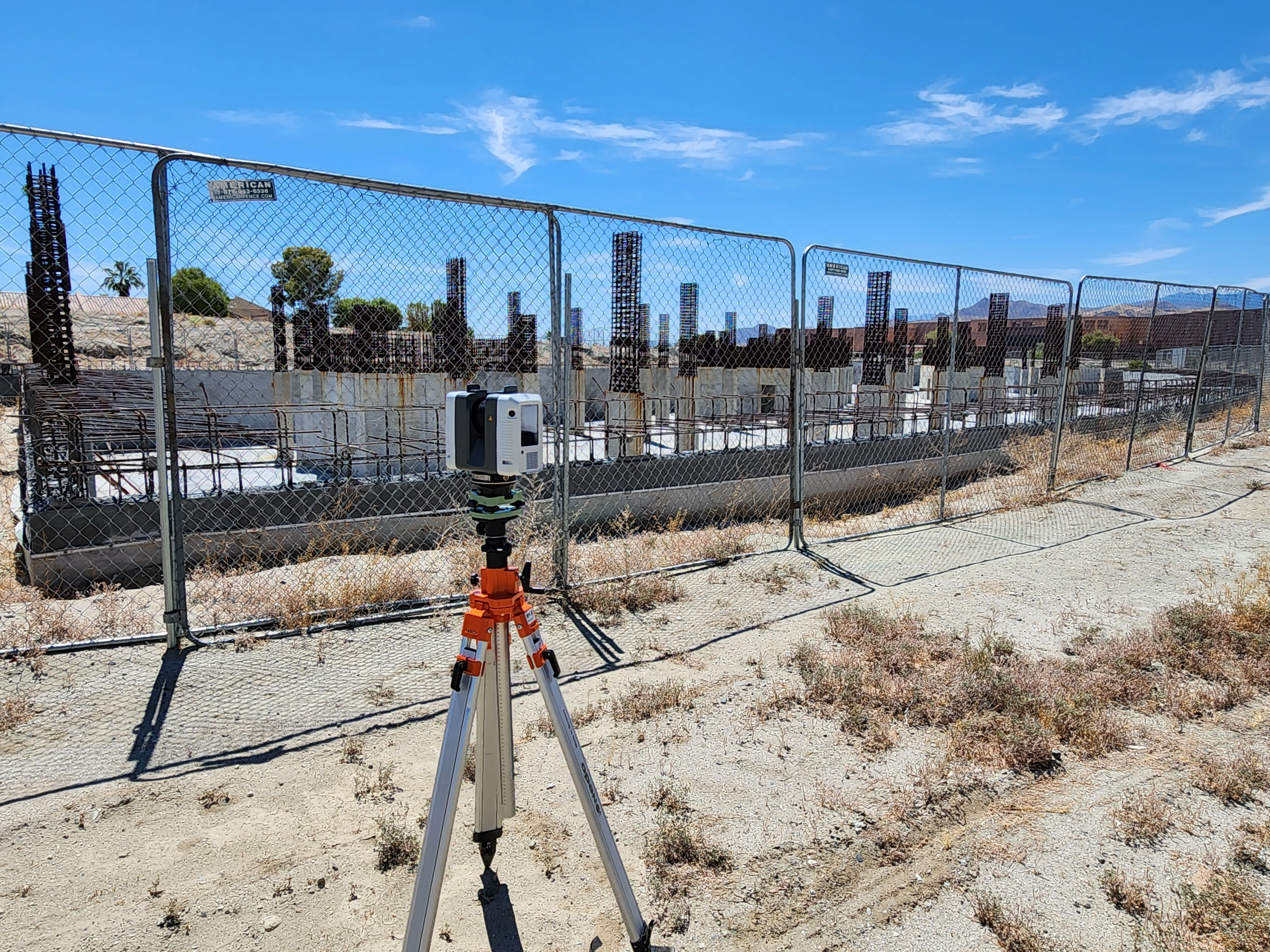
The Future of Building Starts with 3D Scanning
In the world of construction and renovation, accuracy is everything. Whether you’re planning a retrofit, expansion, or entirely new build, having a precise understanding of the existing conditions is critical.
This is why 3D scanning technology has become one of the most important tools in modern architecture, engineering, and construction workflows.
Using advanced laser-based scanning systems like LiDAR, professionals can now generate incredibly accurate as-built drawings, improve project efficiency, reduce errors, and ultimately save time and money.
Let’s explore why 3D scanning is shaping the future of building, and how services like LiDAR scan to BIM are creating a smarter construction landscape.
What Are As-Built Drawings and Why Accuracy Matters
As-built drawings are detailed representations of a building’s current state — showing the exact dimensions, features, and spatial relationships of architectural, structural, and MEP elements.
Unlike original blueprints, which are based on design intent, as-builts reflect the reality of what was actually constructed.
But here’s the challenge: Traditional methods of creating as-built plans are time-consuming, labor-intensive, and prone to human error. Measurements taken manually can miss small variations — and those minor differences can become major issues during renovations or new construction phases.
Enter 3D Scanning: The Game-Changer
3D scanning for construction projects is revolutionizing the way we collect and visualize real-world building data.
Technologies like LiDAR (Light Detection and Ranging) capture millions of data points within seconds, creating a “point cloud” that forms the basis of a highly accurate 3D model of the structure.
This scan data can then be transformed into:
- 2D as-built drawings
- 3D models
- Scan-to-BIM files compatible with Autodesk Revit and other major platforms
📍 Learn more about our LiDAR As-Built Drawing Services and how we bring next-gen precision to your projects.
Benefits of High-Precision As-Built Plans
When you use 3D laser scanning for as-built documentation, you get much more than a digital model — you get a reliable foundation for every future decision. Here’s why:
1. Millimeter-Level Accuracy
Eliminate measurement errors and discrepancies between drawings and physical conditions. This is especially crucial for complex retrofits or high-value projects.
2. Time Savings
What might take days to measure manually can be scanned in hours — without disturbing active job sites.
3. Cost Reduction
Minimize rework caused by bad data. Fewer surprises during construction means staying on budget.
4. Enhanced Collaboration
Everyone — architects, engineers, contractors — can work off the same accurate base model, reducing miscommunication and delays.
📍 Interested in transforming your site data into accurate BIM models? Check out our LiDAR Scan to BIM Service.
3D Scanning for Construction Projects: Use Cases
3D scanning isn’t just for high-tech firms — it’s now a practical, affordable solution for small and large projects alike. Here’s where it shines:
- Renovation & Remodeling: Know exactly what you’re working with before tearing down walls or reconfiguring layouts.
- Historic Preservation: Capture detailed measurements of heritage buildings without damaging structures.
- MEP Coordination: Avoid clashes between mechanical, electrical, and plumbing systems by planning around the real space.
- Facility Management: Use digital twins and as-built documentation for ongoing maintenance and upgrades.
From LiDAR Scan to BIM: The Workflow Explained
The LiDAR to BIM process simplifies complex site data into intelligent models ready for design and coordination:
- 3D Laser Scanning: Using terrestrial LiDAR scanners, we capture precise data on site.
- Point Cloud Generation: A digital 3D point cloud is created, showing every surface in detail.
- BIM Modeling: The point cloud is converted into a fully functional BIM model (Revit, ArchiCAD, etc.).
- Deliverables: The final output includes 2D drawings, 3D models, and cloud-hosted visualizations.
This process drastically improves project accuracy and ensures all stakeholders are working from the same reliable information.
Why This Technology Is the Future of Building
The construction industry is undergoing a digital transformation, and 3D scanning is at the heart of it.
It supports the shift toward smart buildings, digital twins, and sustainable development, all while reducing risk and improving ROI.
With tighter timelines, more complex regulations, and rising labor costs, companies can no longer afford outdated workflows. LiDAR-based as-built documentation gives you a competitive edge — more speed, more accuracy, and fewer headaches.
📍 Want to see how we’ve helped clients on real projects? View our 3D Scanning Project Portfolio.
Why Choose Us?
At LiDAR Precise Plans, we combine years of field experience with cutting-edge LiDAR technology to deliver:
- ✅ High-precision as-built plans
- ✅ Fast turnaround times
- ✅ Nationwide scanning and BIM services
- ✅ Seamless coordination with architects, engineers, and contractors
Whether you need a quick site survey or full BIM integration, we tailor every project to your needs.
📞 Let’s Talk — Contact Us to discuss your next renovation or construction project.

🏁 Conclusion
The future of building is here — and it starts with 3D scanning.
From reliable as-built drawings to complete scan to BIM services, this technology eliminates guesswork and empowers smarter decisions at every stage of your construction process.
If you’re planning a renovation, addition, or new build, don’t start without the facts.
Start with the scan.
📍 Get a quote today for your next 3D Scanning for Construction Project.


